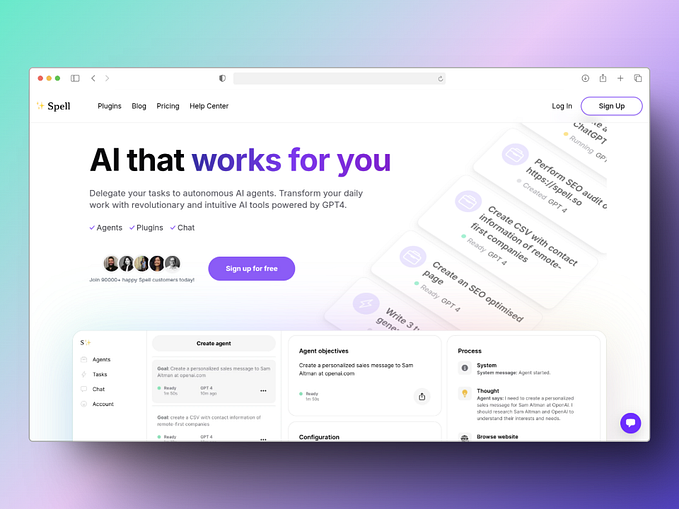Prioritizing marketing work? Here’s a simple example of 10x vs. 10%
Marketers are often asked to do more with less.
- Publish more frequently to get better results.
- Publish more with only the resources you already have.
- Publish more content that’s among the best you’ve ever published.
And do all of that as fast as you possibly can.
I don’t think those are unrealistic expectations, either. As marketers, our job is to create content that attracts an audience interested in what our businesses sell.
It’s 100% true that publishing more content gives us more data to analyze to increase our results more quickly than ever before.
And if you’re publishing content and not measuring your results… how do you know you’re attracting the audience that is interested in what you’re selling?
The proof is in the numbers.
And the proof that your work isn’t generating results also exists when you have no numbers to show for the work you’ve done.
^ That happens, unfortunately, when you waste time doing projects that focus on the 10%.
Let me explain.
Lean marketing = 10x growth vs. 10% improvement
There’s a mantra you hear daily at CoSchedule:
Focus on 10x growth and forget the 10% improvements.
That means prioritizing the work you do to reach your marketing goals ten times faster. Don’t do the trivial minutia that sucks productivity away (and honestly doesn’t drive huge growth).
Your example
For example, should you focus on writing better content or research the best times to publish your content?
10x growth can definitely come from sharing better content. But publishing at the best times is a 10% improvement because it focuses too heavily on one-day advantages versus the long-term 10x benefits of strong evergreen, keyword-driven content. (Plus, you can automatically post at the best times without any manual busywork.)
Make sense?
Here’s another example.
My example
We recently launched a course to help marketers plan their marketing strategy. We thought a video would be great to promote the course:
- We could add the video to the signup page!
- We could share the video on Facebook! Then we could also do Facebook video ads to reach a larger audience!
- We could upload the video to YouTube!
That video would have been a 10% project. And we would have spent hours writing, recording, designing, editing, uploading, and sharing the thing.
Do you know how we knew the video would have been a 10% improvement?
- We had created a video for a previous course that had only 914 views. Thousands of students literally joined the course without ever scrolling down the signup page far enough to even watch the video (which we learned with data from heat mapping). For this new course, could we have created a video and put it higher on the page so people would watch it? Sure. But the video didn’t matter last time because we promoted the course so well that our audience didn’t need to “be sold” any further — the moment they saw the signup form, they signed up.
- Video on Facebook tends to perform well. That’s 100% true. But hours of effort for one Facebook post? Plus, we knew from our prior Facebook ads that video does not convert even close to as well as other visuals like colorful screenshots and custom photography. That’s likely something to do with our audience, but hey. It was a data-driven decision, nevertheless.
- We have a small following on YouTube now. Sure, more videos = larger audience. But is it worth the effort to create a video to reach a handful of people?
That’s a real-life example of how we sift through projects to focus our efforts on 10x growth instead of 10% improvements. That course is definitely 10x growth. But the video to promote it? 10%.
This goes against the grain.
But it’s a frame of mind that helps you prioritize your work for growth instead of perfection.








